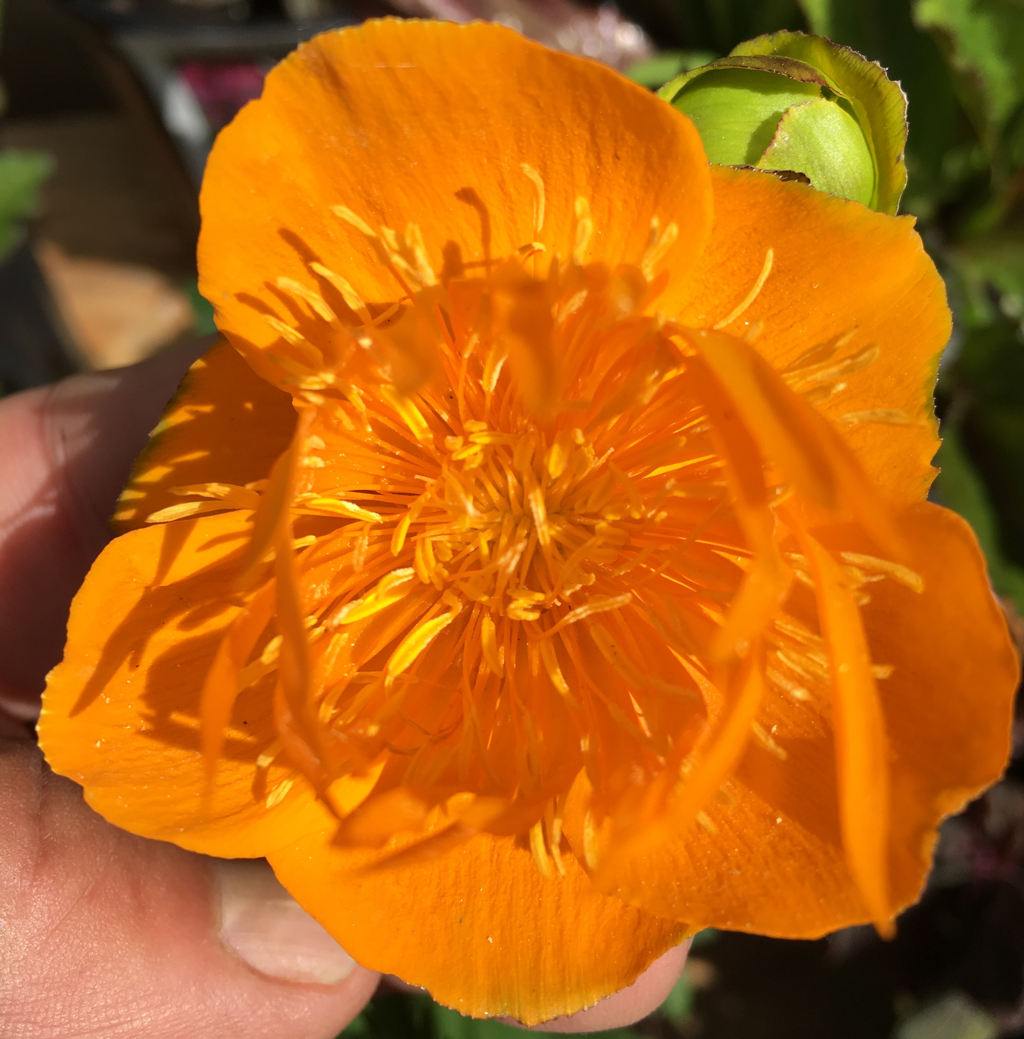 Complex color and flower morphology designed to attract which insect, and why? Complex color and flower morphology designed to attract which insect, and why? I just found the answer. Trollius evolved over hundreds of thousands of years in synch with a species of fly called Chiastocheta. The structure of the trollius flower is designed to keep larger pollinators like bumble bees out of the flower so the tiny fly is the only one who gets in. The adult fly is the one who does the pollination. The juvenile larvae is teentsy, and feeds on the seeds of trollius after pollination. Isn't that weird? The flower is designed totally around letting only one species of insect pollinate it, insuring it's survival... then the offspring of that very same insect eats half of the seeds produced. Kinda makes no sense, but there is certainly an evolutionary reason for this but we humans cant figure that out yet. I just thought that I would add some interest to some of the perennials that we sell so people look at them and see more than "It's such a pretty flower!" Everyone knows the ant/peony relationship exists because the peony feeds the ants as a reward for killing each insect that dares to threaten a peony plant when it is flowering. This relationship took millions of years to develop. The ants help to open the flower buds and the plant feeds the ant colony with sugary sap. How do the ants know to go to a peony plant? Why isn’t this little bee/fly killed by the protector-ants while I took this picture? Did the ants know the bee/fly was helping the peony and not hurting it? These and other questions add an entire world of intrigue to the complicated world of flowering plants.  New cultivar of ‘gaura’ that attracts pollinators with the colorful backsplash of four brachts and nothing below for a pollinator to cling to whilst feeding on nectar. Again I ask: Why, for whom, how long did it take to evolve? Mankind does not know the answers to the evolution of most of the species we share this earth with, even as these species die off because of our lack of respect/knowledge for them. Comments are closed.
|
Archives
May 2022
Categories |
Winter hours-
|
Telephone(203) 261-3926
|


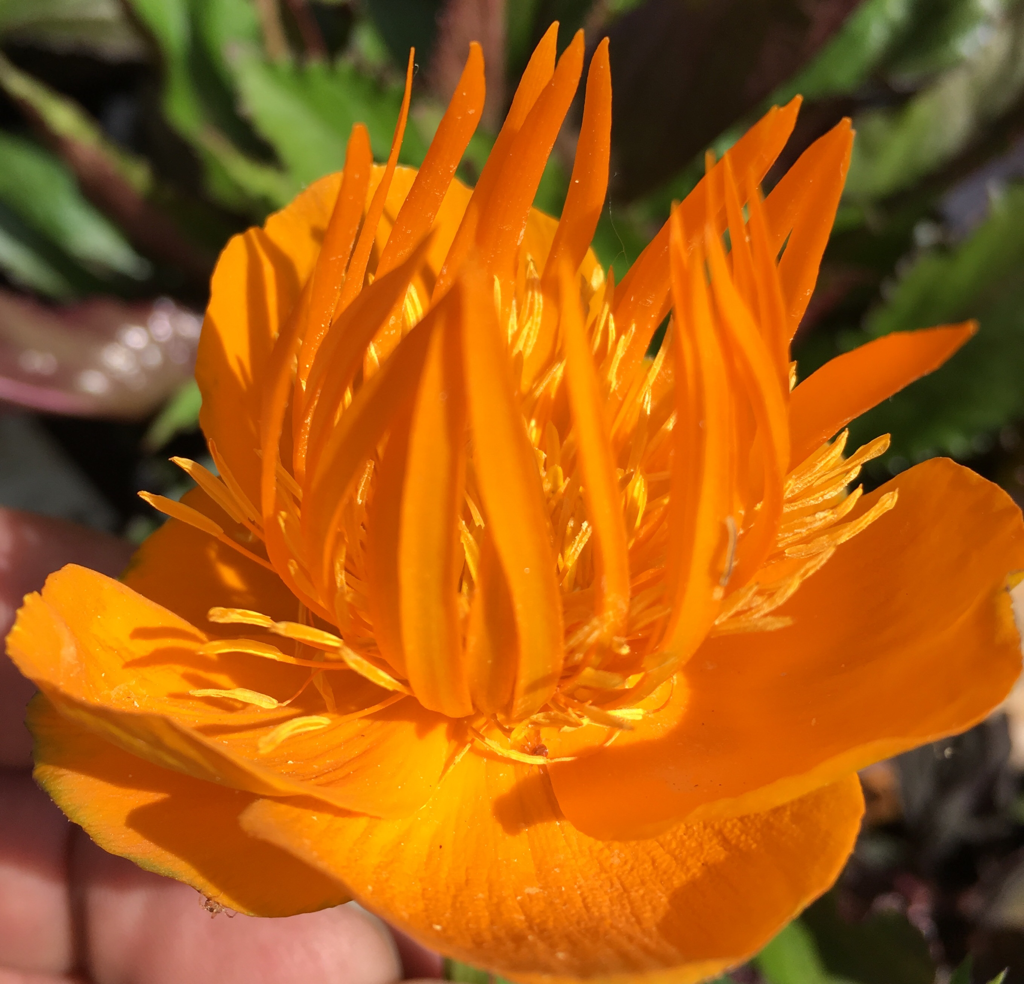
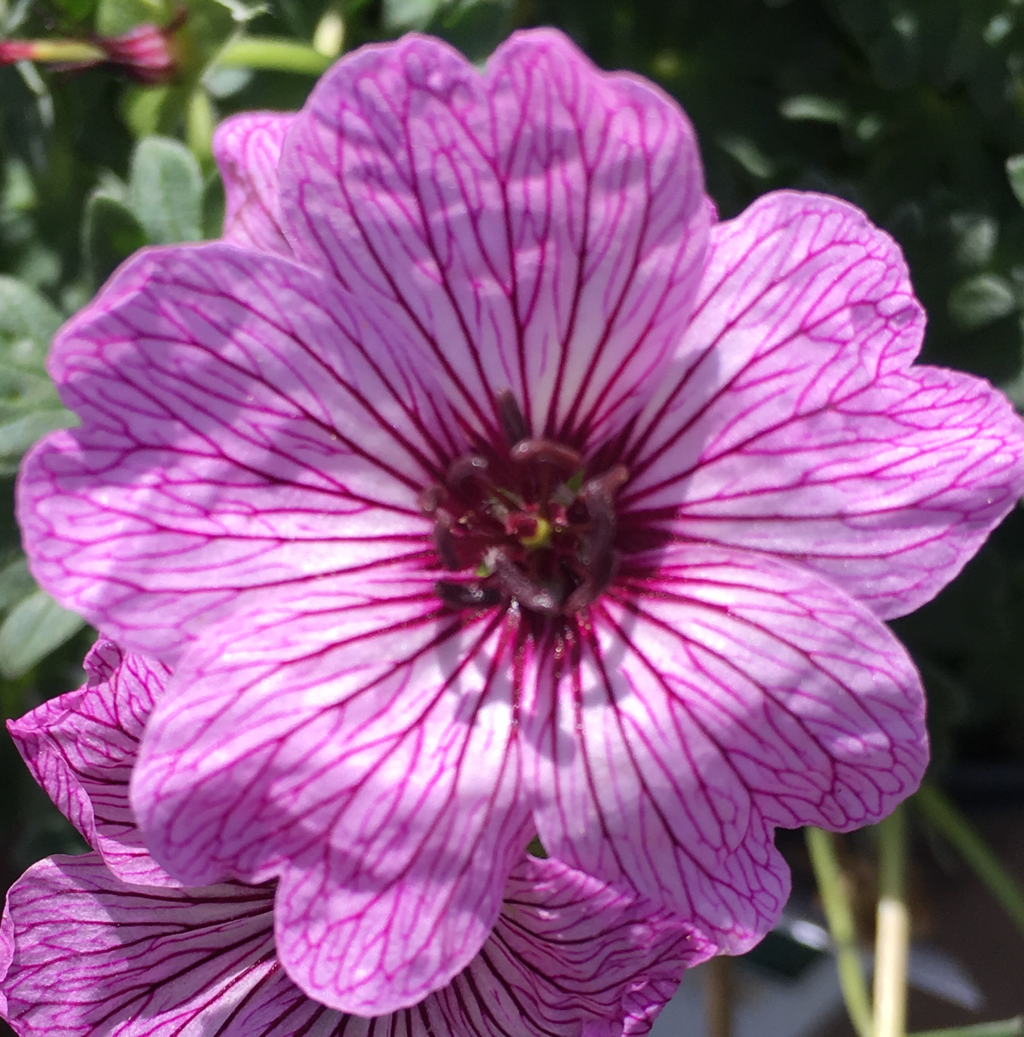
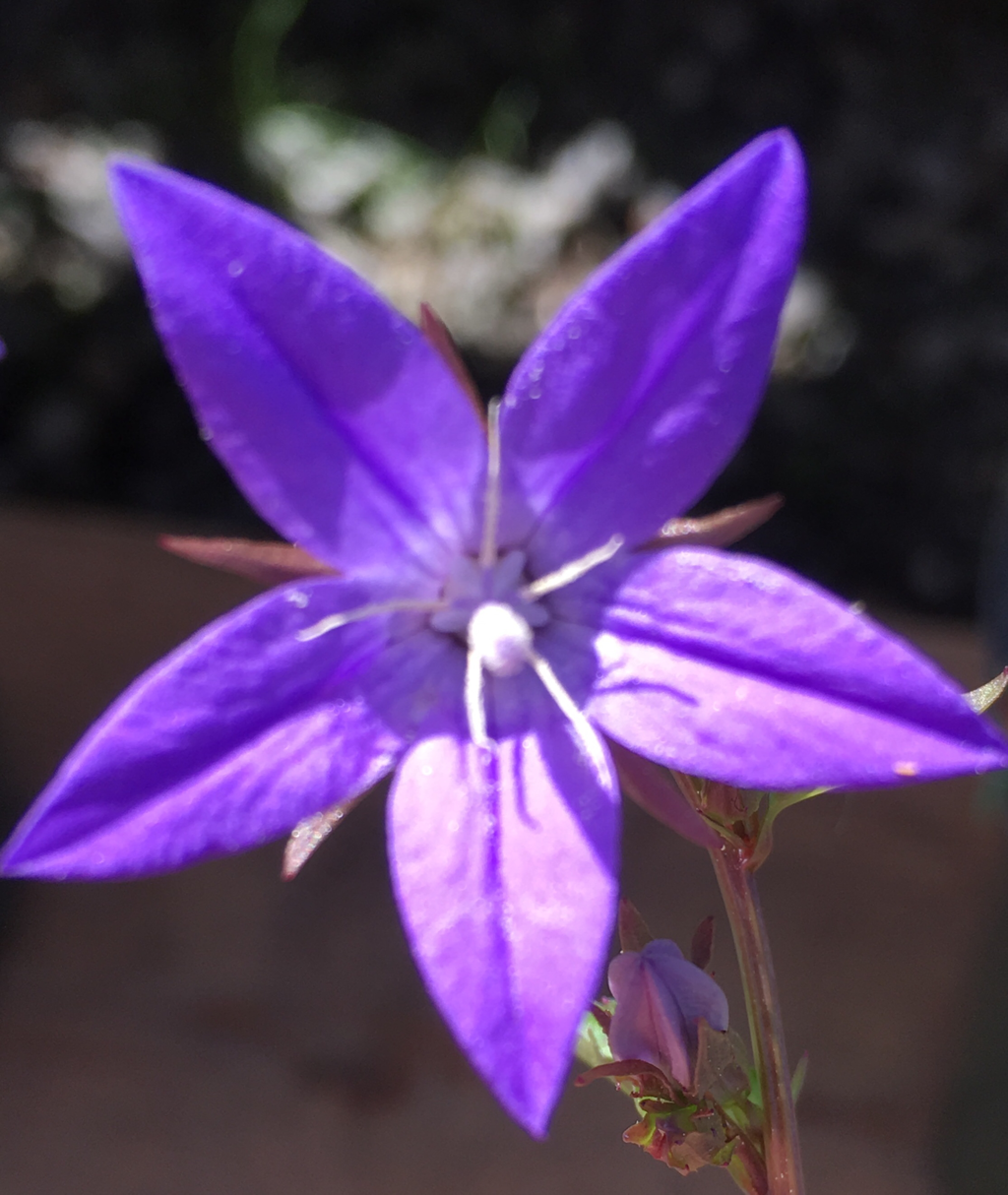
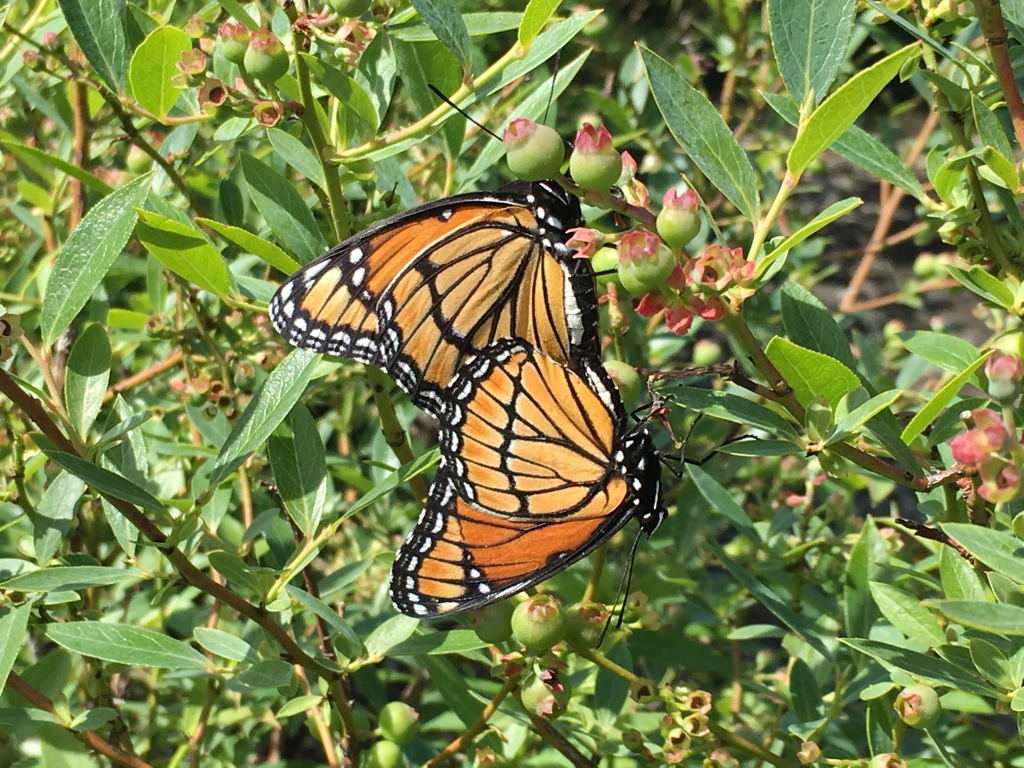
 RSS Feed
RSS Feed